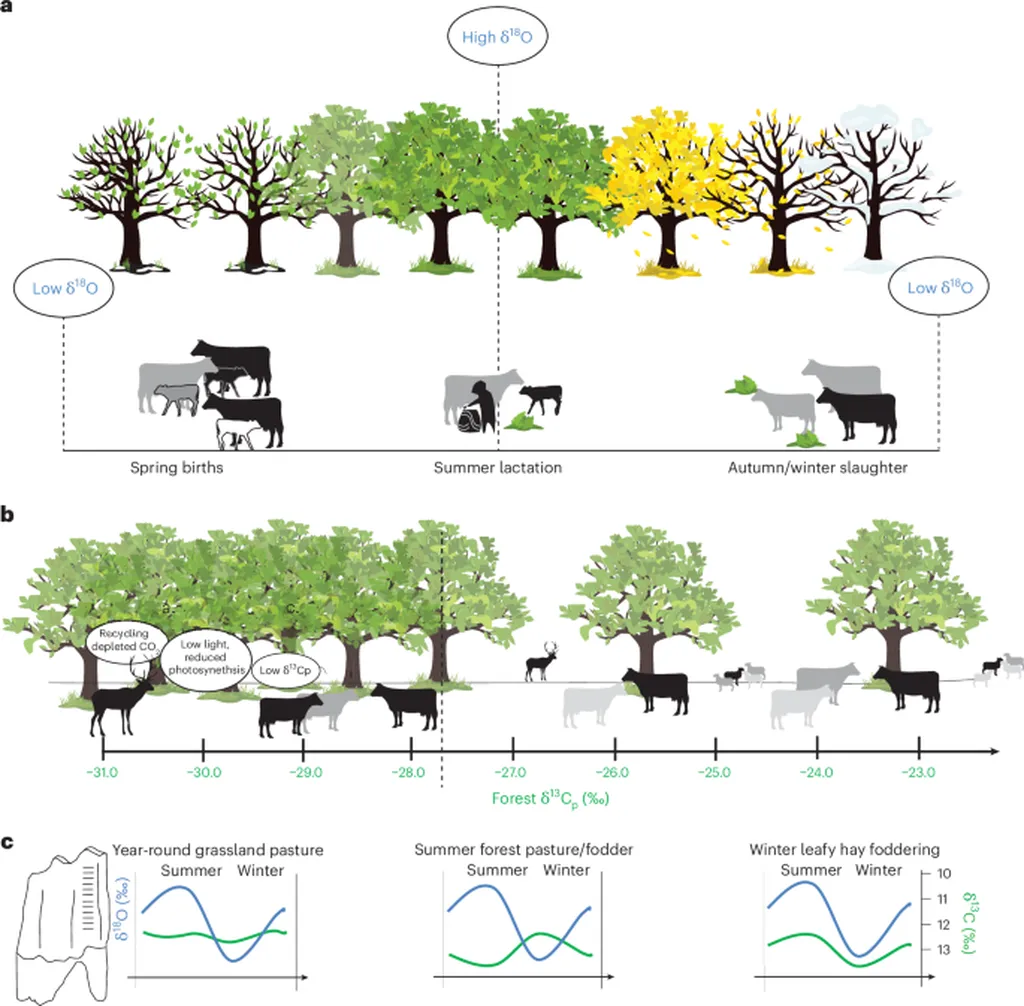In the world of precision agriculture, accurate temperature monitoring is crucial for automating tasks and optimizing crop yields. However, a persistent challenge has been the systematic errors introduced by non-aspirated radiation shields, which can skew temperature readings by up to 3 °C during daylight hours due to solar radiation heating. This inaccuracy can lead to suboptimal decision-making in automated agricultural systems, impacting everything from irrigation schedules to pest management.
A recent study published in *Acta Technologica Agriculturae* (which translates to *Acta of Agricultural Technology*) tackles this issue head-on. Led by Zuzana Ságová from the University of Žilina in Slovakia, the research explores methods to improve the accuracy of air temperature measurements using affordable meteorological equipment. The findings could have significant implications for the agriculture sector, particularly in the development of cost-effective, distributed meteorological monitoring networks.
Ságová and her team evaluated two approaches to mitigate measurement errors: an aspirated shield system and a mathematical correction algorithm based on solar radiation intensity and wind speed measurements. The aspirated shield system, while effective, requires additional mechanical components that can compromise system reliability. The mathematical correction algorithm, however, offers a more elegant solution. By incorporating radiation shield geometry and heat transfer dynamics, the algorithm reduced measurement deviations to just 0.5–0.6 °C.
“The developed correction model not only improves accuracy but also achieves measurement standards set by the World Meteorological Organisation (WMO) without the need for additional mechanical components,” Ságová explained. This is a significant advancement, as it allows for the deployment of more reliable and cost-effective temperature monitoring systems in the field.
The study’s comparative analysis of data collected at the Sevastopol meteorological station from June to August 2023 revealed that the mathematical correction method outperformed the aspirated shield solution. With a root mean square error (RMSE) of 0.17 °C and a Kling-Gupta efficiency (KGE) of 0.993, the correction algorithm demonstrated superior performance.
So, what does this mean for the future of precision agriculture? The ability to accurately monitor air temperature using affordable and reliable equipment opens up new possibilities for automated tasks in farming. From optimizing irrigation to managing pest control, precise temperature data can drive more informed decision-making, ultimately leading to increased crop yields and reduced operational costs.
Moreover, the findings could extend beyond agriculture. In the energy sector, accurate temperature monitoring is essential for optimizing solar panel performance and managing energy storage systems. The mathematical correction algorithm developed by Ságová and her team could be adapted for use in these areas, further enhancing the efficiency and reliability of renewable energy systems.
As the world continues to grapple with the challenges of climate change and resource scarcity, the need for accurate and reliable meteorological data has never been greater. The research published in *Acta Technologica Agriculturae* represents a significant step forward in this area, offering a practical and cost-effective solution to a longstanding problem. By improving the accuracy of temperature measurements, we can pave the way for more sustainable and efficient agricultural practices, ultimately benefiting both farmers and consumers alike.

